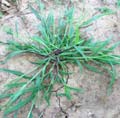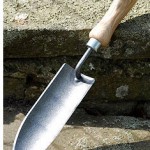Basic preventative measures keep lawn tools working longer
Nothing can give you the summer blues like a flat tire when you want to take a family bike ride or having to replace patio furniture in midseason because it’s falling apart.
Here are a few basic preventative measures that could help your gear last longer – and help you avoid mishaps.
Lawn and Garden
The lawnmower, a staple of summer, greatly benefits from maintenance, said home dpot operations manager jesse elizondo.
After each use, let your mower cool down and then rinse off grass and other debris that could oxidize on the blades. If it’s a gas mower and it will sit for more than a few weeks, also drain its fuel. The same goes for any gas-powered yard equipment.
Also change the spark plugs once a season and keep the blades sharp to protect the grass and avoid making motor working harder than necessary.
Hands tools need care too. Some people swear by vaseline to keep blades in smooth operation, while others store hand tools in a mix of sand and vegetable oil.
Article originally by Sarah Skidmore, the Associate Press.

